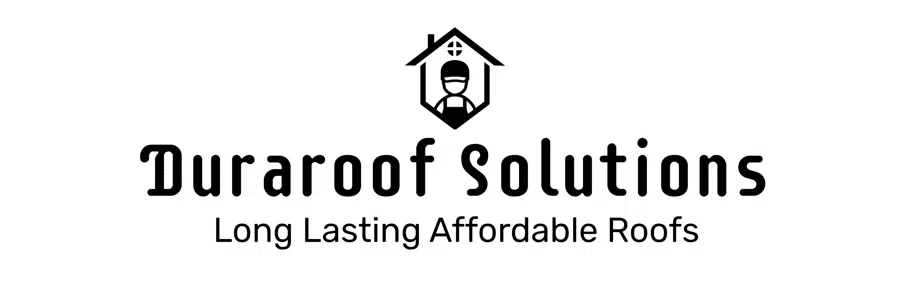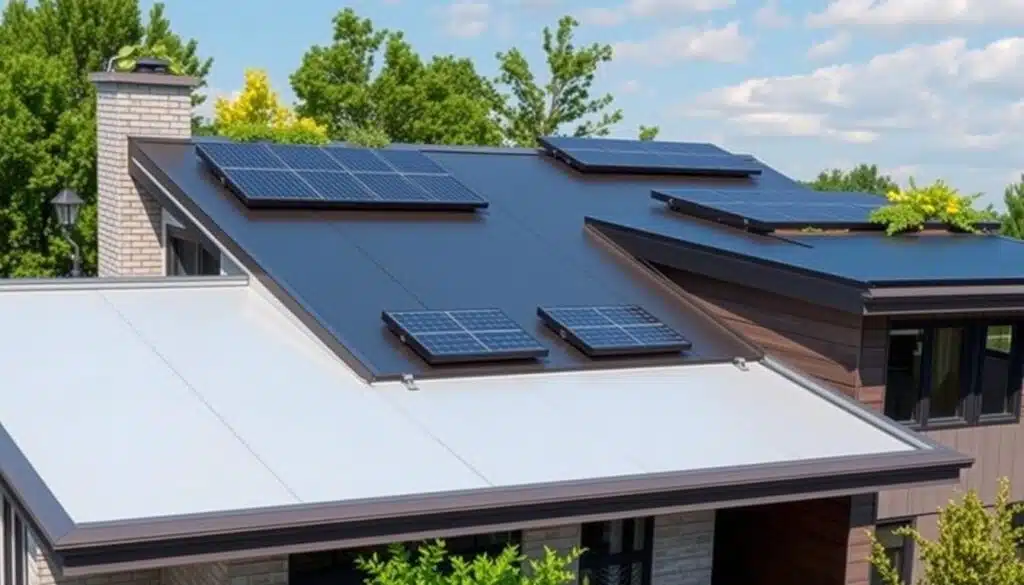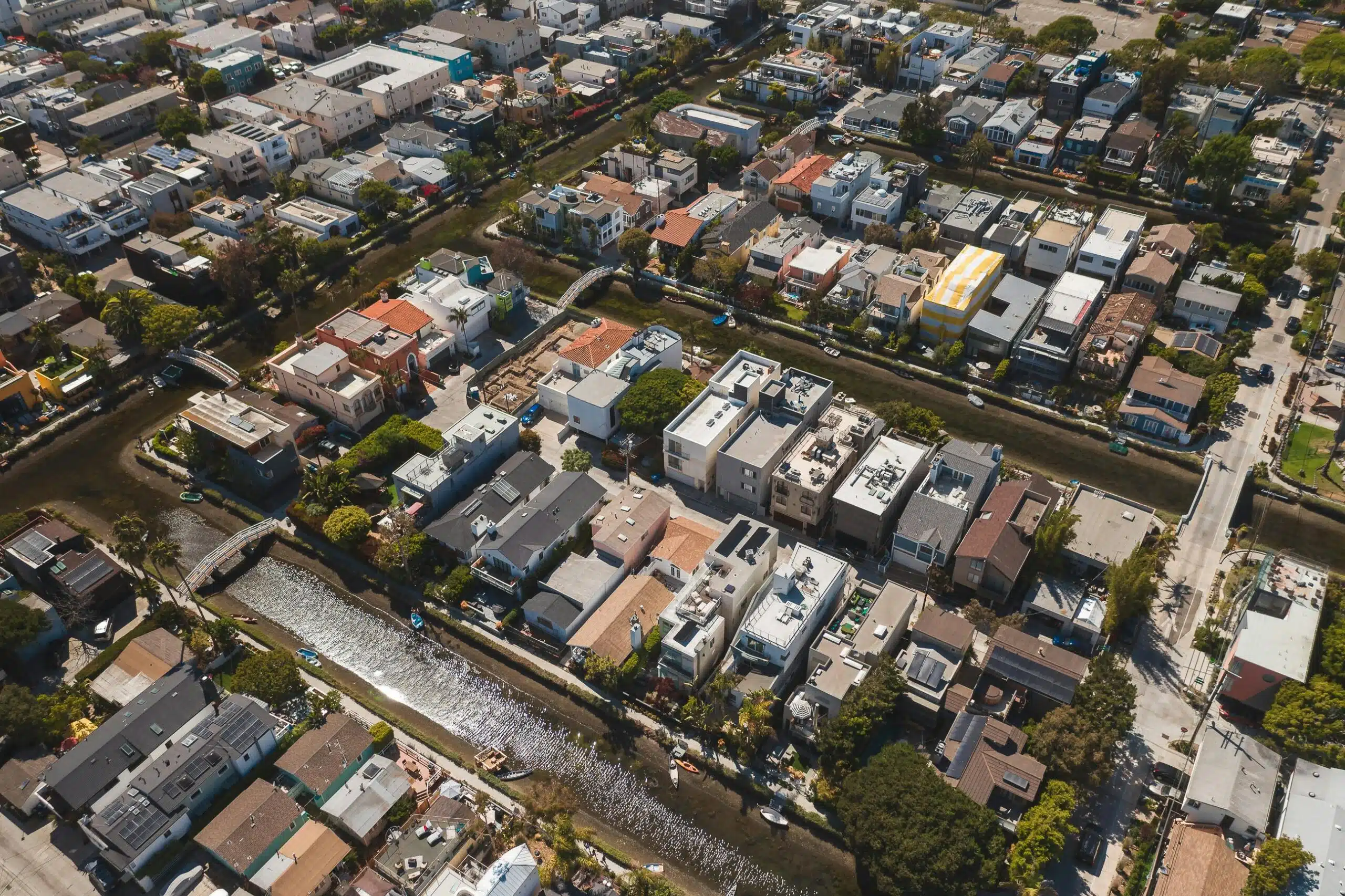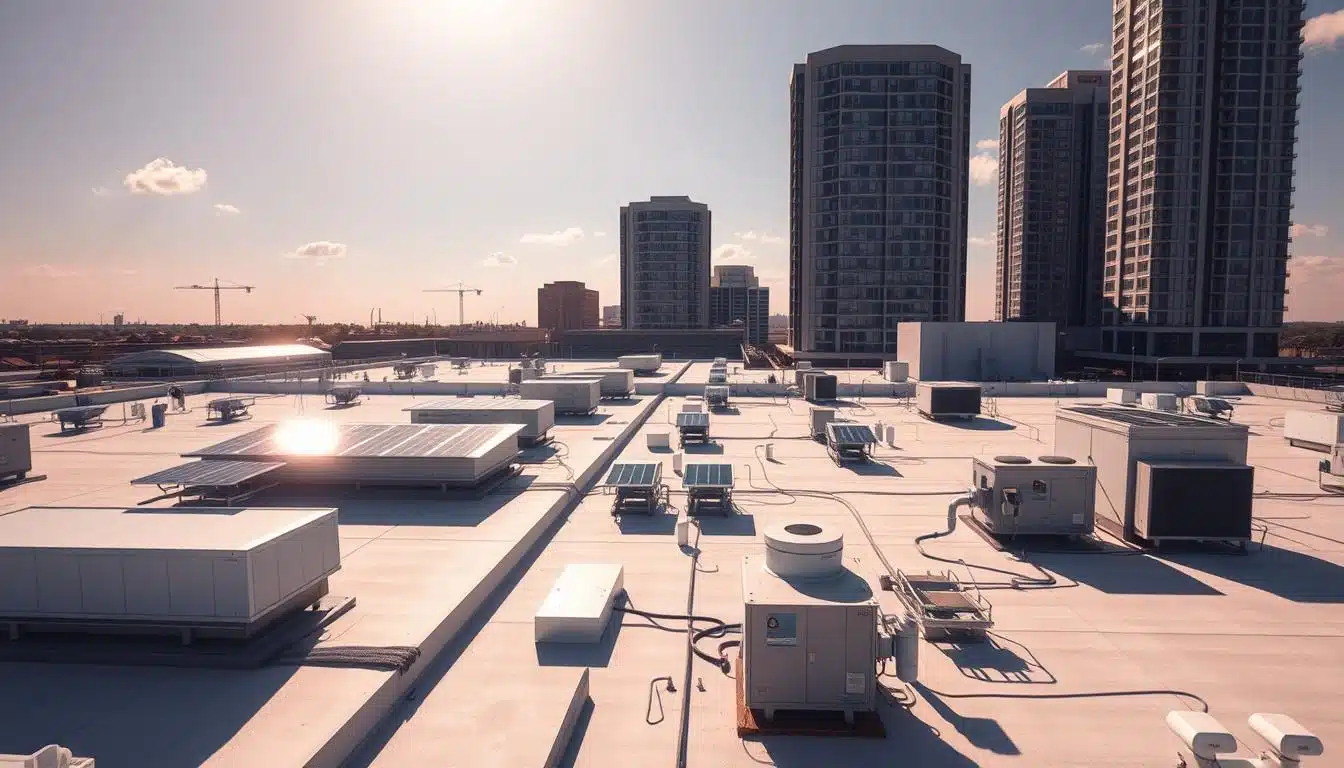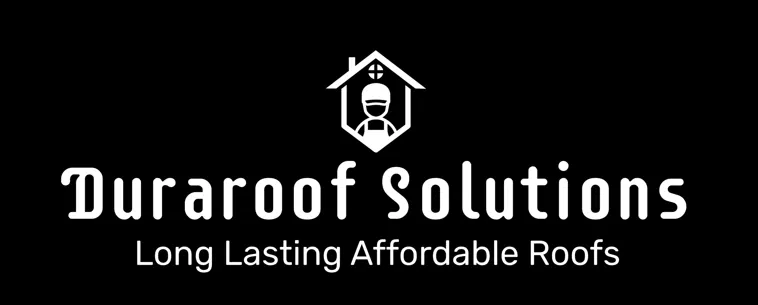Flat roof systems are becoming popular in home and commercial building. They are durable and versatile. They offer benefits like better energy efficiency and weather resistance.
These systems are designed to be flat or slightly sloped. They help shed water and protect buildings from the weather. They are known for their ability to handle harsh weather, save on energy costs, and look modern.
Key Takeaways
- Flat roof systems offer durable and versatile solutions for residential and commercial properties
- These low-slope roofing options provide enhanced energy efficiency and weather resistance
- Flat roof systems come in a variety of options, including membrane roofing and built-up roofing
- Proper waterproofing and insulation are key components for ensuring the longevity and performance of flat roof systems
- Flat roof systems can contribute to sustainable and energy-efficient building design
What are Flat Roof Systems?
Flat roof systems, also known as low-slope roofing, are popular for homes and businesses. They offer many benefits, making them a favorite among homeowners and builders.
Understanding Low-Slope Roofing
Low-slope roofs have a slope of less than 2 inches per foot. They are known for being energy-efficient, durable, and stylish. These roofs are made to keep water away, ensuring they last a long time.
Advantages of Flat Roof Systems
- Energy-efficient: Flat roof systems can be made with top-notch insulation. This helps cut down on energy use and lowers bills.
- Durable and long-lasting: These roofs use sustainable roofing materials that can handle the weather and protect for years.
- Versatile design: Membrane roofing and other flat roof systems come in many styles. This lets homeowners create a unique look for their property.
- Increased usable space: The flat design can be used to add more living or recreational areas, like rooftop terraces or gardens.
As people look for new and energy-efficient roofing options, flat roof systems stand out. They offer durability, sustainability, and style.
Flat Roof Systems: The Variety of Options
Homeowners and commercial property owners have many options for flat roof systems. Membrane roofing and built-up roofing are two popular choices. They offer benefits for both residential and commercial roofing needs.
Membrane Roofing
Membrane roofing is versatile and widely used. It has a single-ply waterproofing membrane over insulation or a structural deck. It’s durable, weather-resistant, and easy to install, making it great for commercial and industrial buildings.
Built-Up Roofing
Built-up roofing (BUR) is a traditional choice. It has multiple layers of asphalt-impregnated roofing felts over a deck. The top layer is gravel or a reflective coating for a long-lasting, weatherproof membrane roofing solution.
Both membrane and built-up roofing have their advantages. Homeowners and property owners should consider their needs, budget, and climate to choose the best flat roof system for their project.
Flat Roof Systems for Commercial and Residential Properties
Flat roof systems are popular for both commercial and residential buildings. They are durable, energy-efficient, and fit well with many architectural styles. This makes them a versatile and practical choice for modern buildings.
In commercial settings, commercial roofing solutions with flat roofs offer many benefits. They can be customized for large buildings like offices, retail spaces, and industrial sites. Flat roofs also have room for solar panels, making the property more sustainable.
For homeowners, residential roofing with flat roofs is appealing. They look sleek and modern, and they make the most of available space. They also work well with the design of modern homes. Plus, using energy-efficient roofing materials can lower energy bills.
Flat roof systems have many advantages, no matter the property type. They are durable, energy-efficient, versatile, and easy to maintain. This makes them a great choice for both commercial and residential buildings.
- Durability and long-lasting performance
- Improved energy efficiency through the use of sustainable roofing materials
- Versatility in design and integration with various building styles
- Low maintenance requirements compared to traditional sloped roofs
As more people look for energy-efficient roofing and sustainable buildings, flat roofs are becoming more popular. They offer a mix of practical, aesthetic, and environmental benefits. This makes them a smart choice for property owners.
Waterproofing and Insulation: Key Components
Keeping flat roofs in top shape is key, and waterproofing and insulation are crucial. Knowing about waterproofing membranes and roof insulation systems helps owners make smart choices. These choices boost the roof’s durability and energy use.
Waterproofing Membranes
Waterproofing membranes shield the roof from water, protecting it from damage. They come in materials like modified bitumen, TPO, and EPDM. Each has its own strengths, like how long they last and how easy they are to put in.
Roof Insulation Systems
Roof insulation systems work with waterproofing systems to make roofs more energy-efficient. Materials like EPS or polyiso are used to keep the roof warm in winter and cool in summer. This saves money on heating and cooling.
Choosing the right waterproofing membranes and roof insulation systems is important. It ensures a roof that lasts and saves energy, protecting your investment.
Conclusion: Durable and Energy-Efficient Solutions
Flat roof systems are great for both homes and businesses. They are known for lasting a long time and handling the weather well. They offer strong protection for years, making them a smart choice.
These roofs are also good at saving energy. They use special materials and coatings to cut down on energy use. This means lower bills and a greener home.
Keeping your flat roof in good shape is important. Regular checks and maintenance are key. Working with skilled roofers helps keep your roof working well for a long time.
FAQ
What are the main types of flat roof systems?
There are two main types of flat roof systems. Membrane roofing uses a single or multi-ply membrane. Built-up roofing has multiple layers of roofing felts and asphalt or coal-tar pitch.
What are the advantages of flat roof systems?
Flat roof systems are energy-efficient and durable. They require little maintenance and can hold solar panels or HVAC equipment. They work well for both commercial and residential buildings.
How do flat roof systems differ from sloped roofs?
Flat roofs have a low slope, less than 2 inches per foot. Sloped roofs are steeper, better for water and snow drainage. Flat roofs use waterproofing and drainage systems to manage water.
What are the key components of a flat roof system?
A flat roof system includes a waterproofing membrane, insulation, and drainage. The membrane keeps water out. Insulation improves thermal performance and energy efficiency. The drainage system removes water efficiently.
How can flat roof systems be made more energy-efficient?
Use high-performance insulation and reflective coatings to improve energy efficiency. Insulation like rigid foam reduces heating and cooling costs. Reflective coatings deflect solar radiation, lowering cooling needs.
What are the maintenance requirements for flat roof systems?
Regular inspections and cleaning are key for flat roof maintenance. Fix any damage or deterioration promptly. This includes addressing ponding water and maintaining the drainage system. A proactive maintenance schedule can prevent costly repairs.
